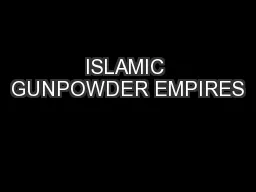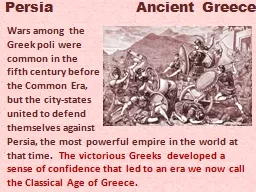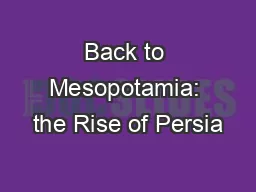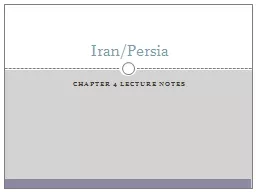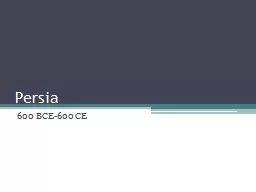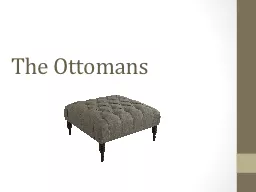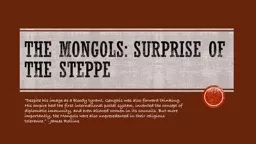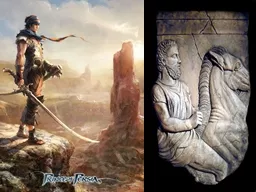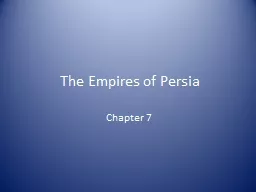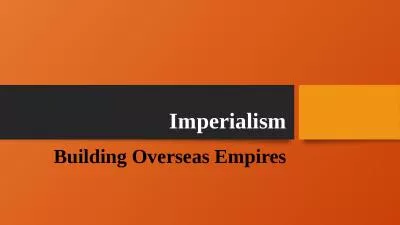PPT-The Empires of Persia
Author : celsa-spraggs | Published Date : 2016-06-22
Persia Lies between Mesopotamia and central Asia Subject to various invasions and migrations from the east People were IndoEuropean Had strong military emphasis
Presentation Embed Code
Download Presentation
Download Presentation The PPT/PDF document "The Empires of Persia" is the property of its rightful owner. Permission is granted to download and print the materials on this website for personal, non-commercial use only, and to display it on your personal computer provided you do not modify the materials and that you retain all copyright notices contained in the materials. By downloading content from our website, you accept the terms of this agreement.
The Empires of Persia: Transcript
Download Rules Of Document
"The Empires of Persia"The content belongs to its owner. You may download and print it for personal use, without modification, and keep all copyright notices. By downloading, you agree to these terms.
Related Documents


